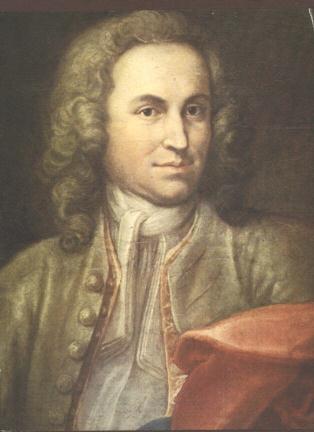|
Everybody knows Bach, few people know his cantatas, and almost nobody knows them all. Bach wrote more than 300 cantatas during his life, of which about two-fifths are lost. These losses are due to the fact that only one of Bach's cantatas was printed during his lifetime and to the circumstances and peculiarities of Bach's legacy. Bach wrote quite a few secular cantatas, but most of his cantatas were written for the Lutheran church service and, naturally, involve a lot of texts related to that service.
In spite of all these problems of acquaintance, some Bach enthusiasts believe that Bach's cantata oeuvre contains some of the most grandiose music, not only of Bach himself but of Western music in general. As far as I am concerned, this has little to do with the particular texts or religious setting of these works. Most of Bach's cantata production can be enjoyed and fully appreciated in almost complete abstraction from its original goals. First of all, there is much purely instrumental music in the cantatas.
Second, it is somewhat anachronistic to see Bach's church music as religious art per se. Unlike the later Romantics, the Baroque composer does not seek to express his personal religious feelings and other ego-emotions. Central to a Baroque composer's concerns is the expression of objectively conceived Affekten (passions), such as the elementary wonder, love, hatred, desire, joy, and sadness and their various composites. The Baroque composer disposes of a number of convential means to express these objective passions. Sadness, for instance, requires a slow movement and minor tonality. Within these conventions, there are certain margins for individual invention and expressiveness. It is with reference to such margins that we must characterize Bach's genius. With few exceptions, his music reaches the highest peaks of inspired inventivity and beauty within a fixed framework of conventions of Affekt-expression.
WEIMAR (first term): 1703
While awaiting the completion of the organ at Arnstadt, Johann Sebastian was offered, and accepted the post of violinist in the small chamber orchestra of Duke Johann Ernst, the younger brother of the Duke of Weimar. At Lüneburg he had already experienced church choir music, violin, continuo and organ playing, as well as musical composition and performance in the French style. Here at Weimar he now came into contact with Italian instrumental music, and acted as deputy to the aging Court organist, Effler, an old friend of the Bach family, thus having a chance to keep his organ playing in practice. His stay here was short, but he was to return later.
In July 1703 the Arnstadt Town Council invited young Bach to try out the newly finished organ in the 'New Church'. He so impressed the people of Arnstadt with his brilliant playing at the dedication that he was immediately offered the post of organist on very favorable terms.


|







